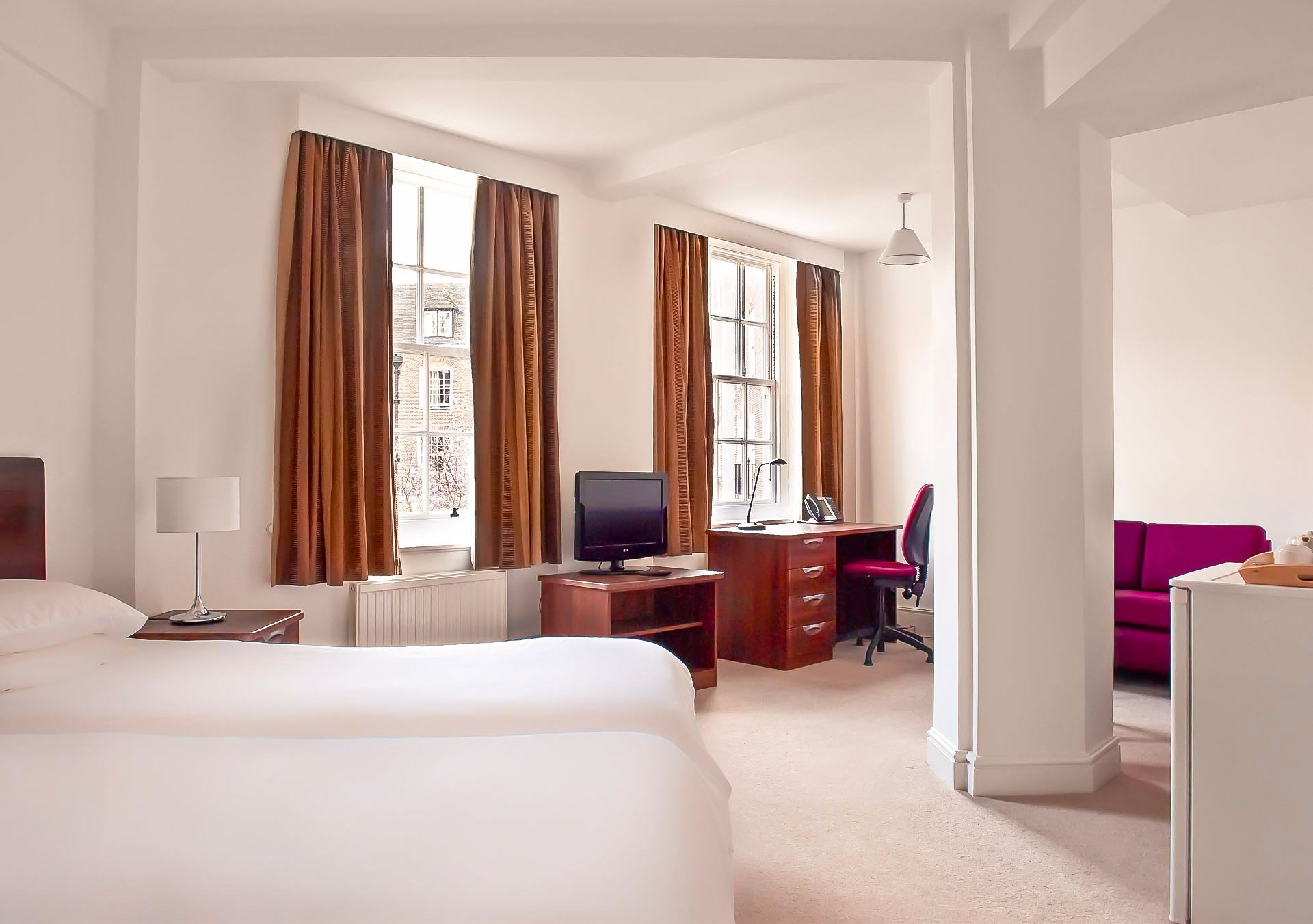Brescia est une ville de la région de Lombardie, dans le nord de l'Italie. Elle est située au pied des Alpes, entre la Mella et le Naviglio, et compte environ 197 000 habitants. C'est la deuxième plus grande ville de Lombardie, après la capitale Milan.
La ville est la capitale administrative de la province de Brescia, l'une des plus grandes d'Italie, avec environ 1,2 million d'habitants. La ville est au centre de la troisième plus grande zone industrielle italienne, se concentrant sur l'ingénierie mécanique et automobile et les machines-outils, ainsi que sur les fabricants d'armes à feu Beretta et Fabarm. Ses entreprises sont généralement des petites ou moyennes entreprises, souvent dirigées par une famille. Le secteur financier est également un employeur important et le secteur touristique bénéficie de la proximité du lac de Garde, du lac d'Iseo et des Alpes.
Sites touristiques
Piazza della Loggia, un exemple remarquable de place Renaissance, avec la loggia éponyme (l'actuel hôtel de ville) construite en 1492 par l'architecte Filippino de' Grassi. Le Duomo Vecchio (« Vieille Cathédrale ») est une église romane à l'extérieur rustique, frappante par sa forme circulaire. Près de l'entrée se trouve le sarcophage en marbre rose de Vérone de Berardo Maggi, tandis que dans le presbytère se trouve l'entrée de la crypte de San Filastrio. Les travaux du Duomo Nuovo (« Nouvelle Cathédrale ») ont commencé en 1604 et se sont poursuivis jusqu'en 1825. La façade est principalement conçue par Giovanni Battista et Antonio Marchetti, tandis que la coupole a été conçue par Luigi Cagnola. Les fresques intérieures comprenant le Mariage, la Visitation et la Naissance de la Vierge, ainsi que le Sacrifice d'Isaac, ont été réalisées par Bonvicino. L'attraction principale est l'Arc des Saints. Apollonius et Filastrius.
Le monastère de San Salvatore (ou Santa Giulia) date de l'époque lombarde mais a ensuite été rénové à plusieurs reprises. C'est l'un des meilleurs exemples d'architecture du Haut Moyen Âge du nord de l'Italie ; il abrite aujourd'hui, après une rénovation de dix ans, le Musée de la Ville, avec une riche section romaine. C'est l'un des rares endroits au monde où les restes de trois domus romaines peuvent être visités sur leur site d'origine, simplement en se promenant dans l'une des salles du musée. En 2011, il est devenu site du patrimoine mondial de l'UNESCO en tant que membre d'un groupe de sept Lombards inscrits en Italie.
Transport
Le métro de Brescia est un réseau de transport en commun rapide ouvert le 2 mars 2013. Le réseau comprend une ligne de 13,7 kilomètres (9 mi) de long, avec 17 stations entre Buffalora et Prealpino, dont 13 souterraines.
